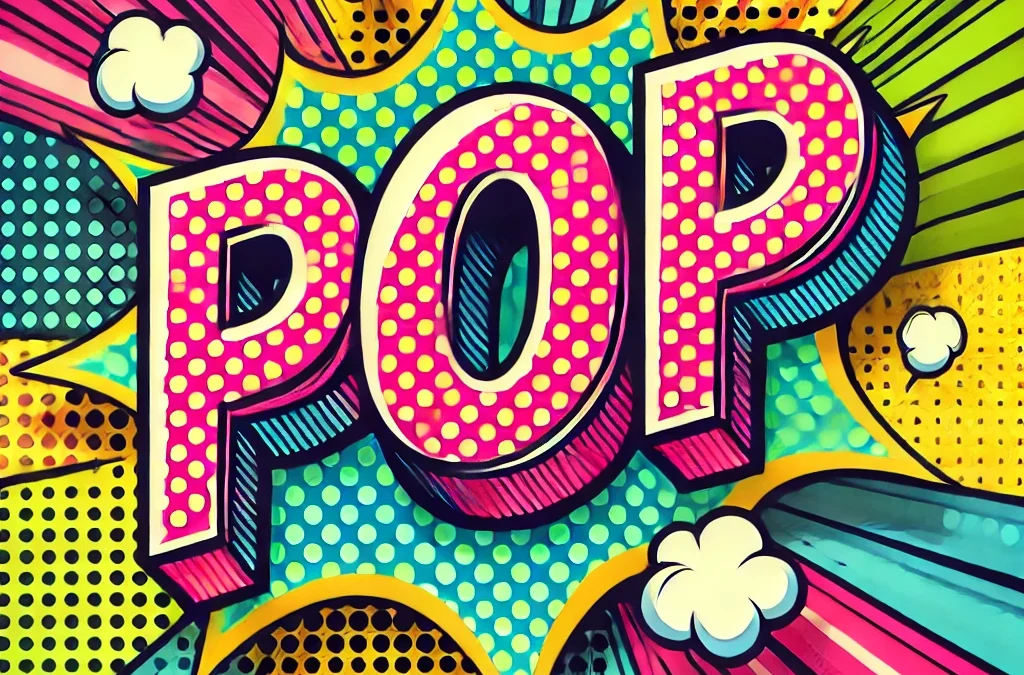Happy Birthday, Andy Warhol: The Man Who Made Pop Culture into Art
Born on August 6, 1928, Andy Warhol didn’t just paint Campbell’s soup cans — he reshaped the definition of art, celebrity, and consumer culture forever. On what would be his birthday today, we take a closer look at his life, legacy, and how his vision continues to influence everything from fashion to NFTs.
 Introducing POP Coin ($POP) – A Tribute to the King of Pop Art! 🕶️🍌
Introducing POP Coin ($POP) – A Tribute to the King of Pop Art! 🕶️🍌
In honor of Andy Warhol’s birthday, we’re launching POP Coin — the official token of the Popstar Guru. Bold, iconic, and unmistakably Warholian, $POP celebrates creativity, individuality, and the power of 15 minutes of fame. 💥 Powered by art. Backed by community. Made to disrupt.
Own a piece of pop culture on-chain. CLICK HERE!
Get your $POP today — because everyone deserves a moment in the spotlight. 💫
CA: 58VobaTa8JKsuV1duzJBcoXrmSx4sQvQpD7DivvKbonk
#PopIsForever #POPcoin #CryptoMeetsCulture #WarholChain
🧠 Who Was Andy Warhol?
Born Andrew Warhola in Pittsburgh, Pennsylvania to Slovakian immigrant parents, Warhol was a sickly child who spent much of his youth indoors, immersing himself in comic books, movies, and celebrity magazines. These early fascinations laid the groundwork for what would become one of the most radical art careers of the 20th century.
After studying commercial art at Carnegie Institute of Technology (now Carnegie Mellon), Warhol moved to New York City, where he found success as an illustrator for magazines like Glamour and Vogue. But illustration wasn’t enough — Warhol had his eyes set on the fine art world.
💥 The Birth of Pop Art
In the early 1960s, Warhol revolutionized art with his bold embrace of commercial imagery. While other artists turned inward, Warhol turned outward — painting Brillo boxes, Coca-Cola bottles, and the now-iconic Campbell’s Soup Cans.
He didn’t just depict mass-produced items — he used mass production itself, silkscreening images over and over to reflect the repetition of modern life. Marilyn Monroe, Elvis Presley, and Jackie Kennedy became not just subjects but symbols — flattened, stylized, and immortalized by his unique aesthetic.
“Art is what you can get away with.” – Andy Warhol
Warhol wasn’t just challenging the art world — he was rewriting its rules.
🕶️ The Factory, Fame & Cultural Impact
Warhol’s New York studio, The Factory, became a cultural epicenter. A revolving door of artists, models, rock stars, drag queens, and socialites, The Factory was part workshop, part party, part performance piece.
Warhol transformed himself into an icon too — with his silver wig, dark sunglasses, and cryptic one-liners, he blurred the lines between artist and artwork. He was fascinated by celebrity and media, once famously saying:
“In the future, everyone will be world-famous for 15 minutes.”
That phrase not only defined an era — it predicted social media decades before it existed.
🧬 Warhol’s Legacy: From Soup Cans to NFTs
Andy Warhol died in 1987, but his influence never stopped.
-
His works now fetch tens of millions at auction.
-
His visual language is seen in advertising, fashion, and music.
-
His impact is echoed in today’s digital art and NFT movement, where questions of originality, replication, and celebrity dominate the conversation.
In many ways, Warhol was the proto-influencer, the first to turn fame itself into a medium.
🎂 Final Thoughts: Why Warhol Still Matters
Andy Warhol made us rethink what art could be. He challenged high and low culture, embraced technology, and taught us that art is everywhere — in products, people, repetition, and even in ourselves.
On his birthday, we don’t just remember the man —
we remember the movement he sparked.
A movement that continues to ripple through every meme, every brand, every viral image.
Happy Birthday, Andy.
Thanks for coloring the world in ways no one else dared.





